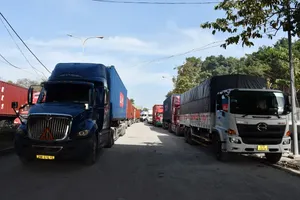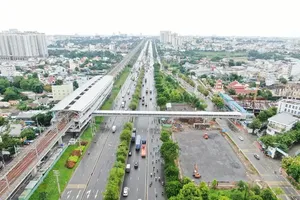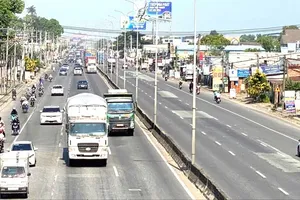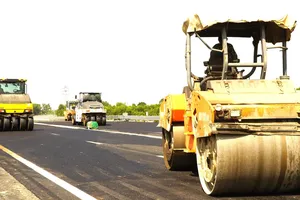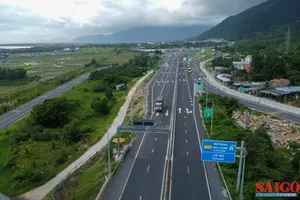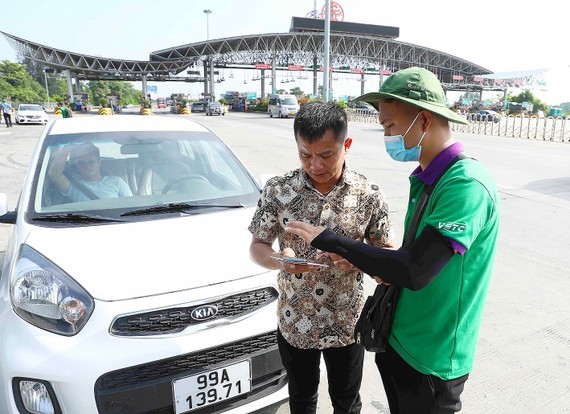
General Director Vu Thi Nguyet of Vietnam Electronic Toll Collection Co. Ltd (VETC) shared that it took Vietnam 5 years just to install ETC booths at toll plazas all over the nation. This is necessary to both address problems in policies, to raise the awareness of the public, and to handle technical inadequacies of ETC systems.
To fully tackle the third issue, Cao Dinh Ngan from Vietnam Digital Transport JSC. (VDTC) stated that it is critical to complete the connection between VETC and VDTC, the two ETC service providers. This can be done through a set of uniformly applicable criteria on system operation between these companies and BOT investors, along with a frequent evaluation of service quality just as telecoms and IT networks have.
He also stressed on too light sanctions and loose policies at present as to ETC, resulting in service providers having to assign more staff to toll booths, which is a dear operation cost. Therefore, he suggested that the Transport Ministry, the Directorate for Roads of Vietnam introduce specific sanctions to handle cases of drivers using fake vehicle license plates. Also, it is advisable to use post-paid methods to tackle mistakes in checking the balance of traffic accounts. This means a traffic account is consider an e-wallet for customers to easily use and manage.
VDTC has already sent its operation, performance evaluation, service contract signing processes, as well as its recommended standards, to the Directorate for Roads of Vietnam as a reference for the introduction of a common procedure for all service providers to work more smoothly.
By now, VDTC has installed its ePass on 1.6 million vehicles, while this figure of VETC is 2.3 million. nevertheless, many people commented that it is unwise to permit only two service providers. There should be more for the public to choose, along with close technological connections among them.
In addition, the way tolls are calculated now is not at all fair since some drivers have to pay for a full route even though they travel only a short distance.
In response to this matter, Deputy Minister of Transport Le Dinh Tho informed that Circular No.45/2021/BGTVT stipulates two toll collection methods. The closed one is used on expressways, where drivers have to pay one fixed toll according to vehicle types regardless of the distance they travel. The open one, in contrast, is used on highways, where the toll is calculated depending on the travelling distance. It is applied on highways because most investment projects under a BOT contract are merely improvements for existing roads, which have a lot of same-level intersections to enter or exit these highways, making it impossible for the closed toll collection method.
The Transport Ministry has informed that ETC service providers and corresponding management units are trying their best to repair technical errors of ETC systems, improve their service quality, open more stations for card installation, and add more linking options between banks and traffic accounts for more convenience, financial transparence, and information security.
All service providers are asked to ensure the progress for the second stage, estimated to happen in 2024, when barriers at toll booths are removed and only lane separators are left. To do this, management units must develop a suitable legal corridor, strict sanctions for violations, and measures to collect debts using pre-paid or post-paid methods via credit channels.
In related news, the National Assembly delegation of Ba Ria – Vung Tau Province has just sent a formal dispatch to the Transport Ministry on the implementation of ETC operation and road maintenance on National Way No.51. accordingly, since 2015, the traffic volume on this road has continuously increased and the toll collected has exceeded the estimate.
Although Bien Hoa – Vung Tau Expressway Development JSC. has asked the Transport Ministry several times for a permission to install ETC booths here to tackle traffic congestion, there is still no greenlight yet, with no clear reason provided.

